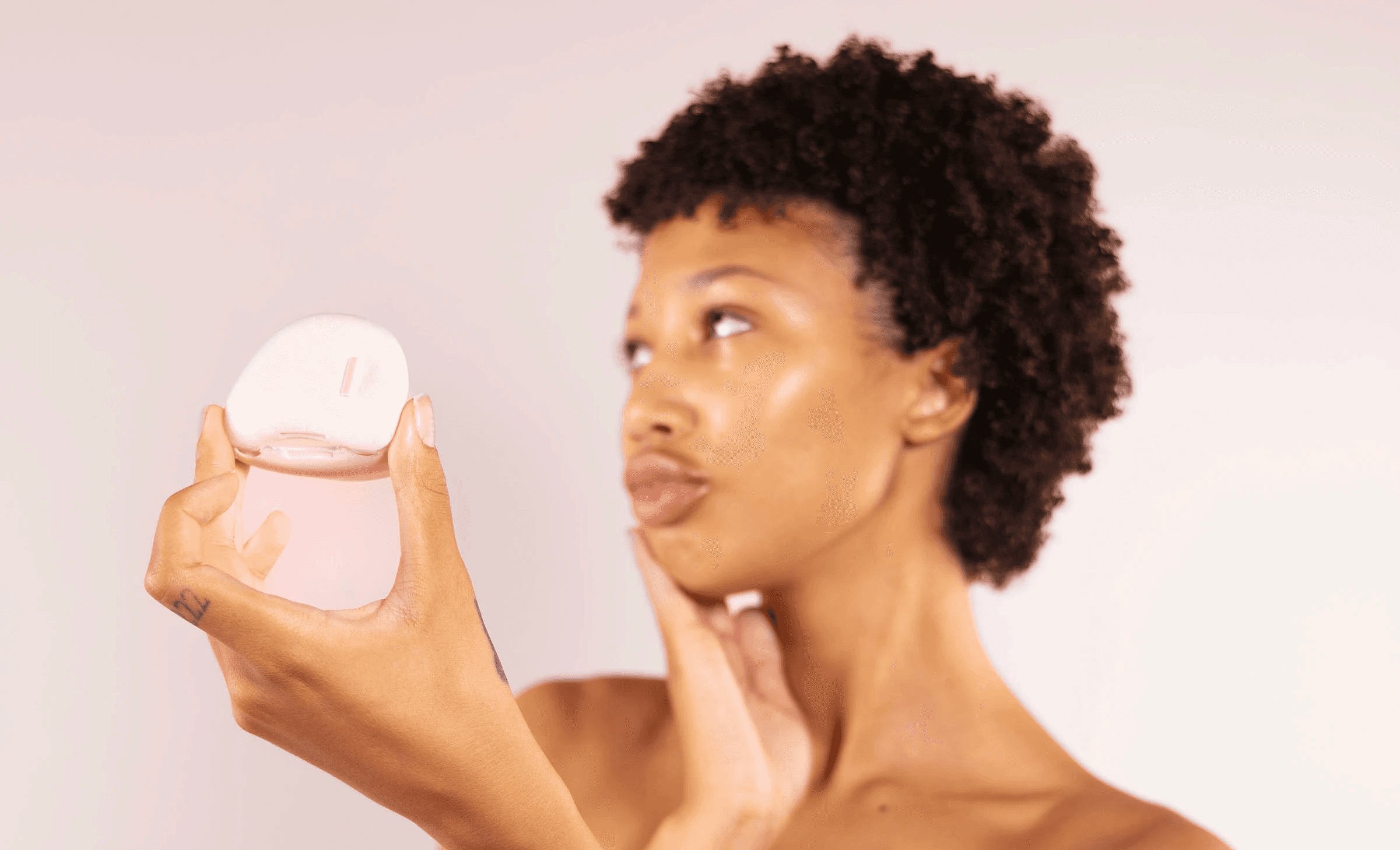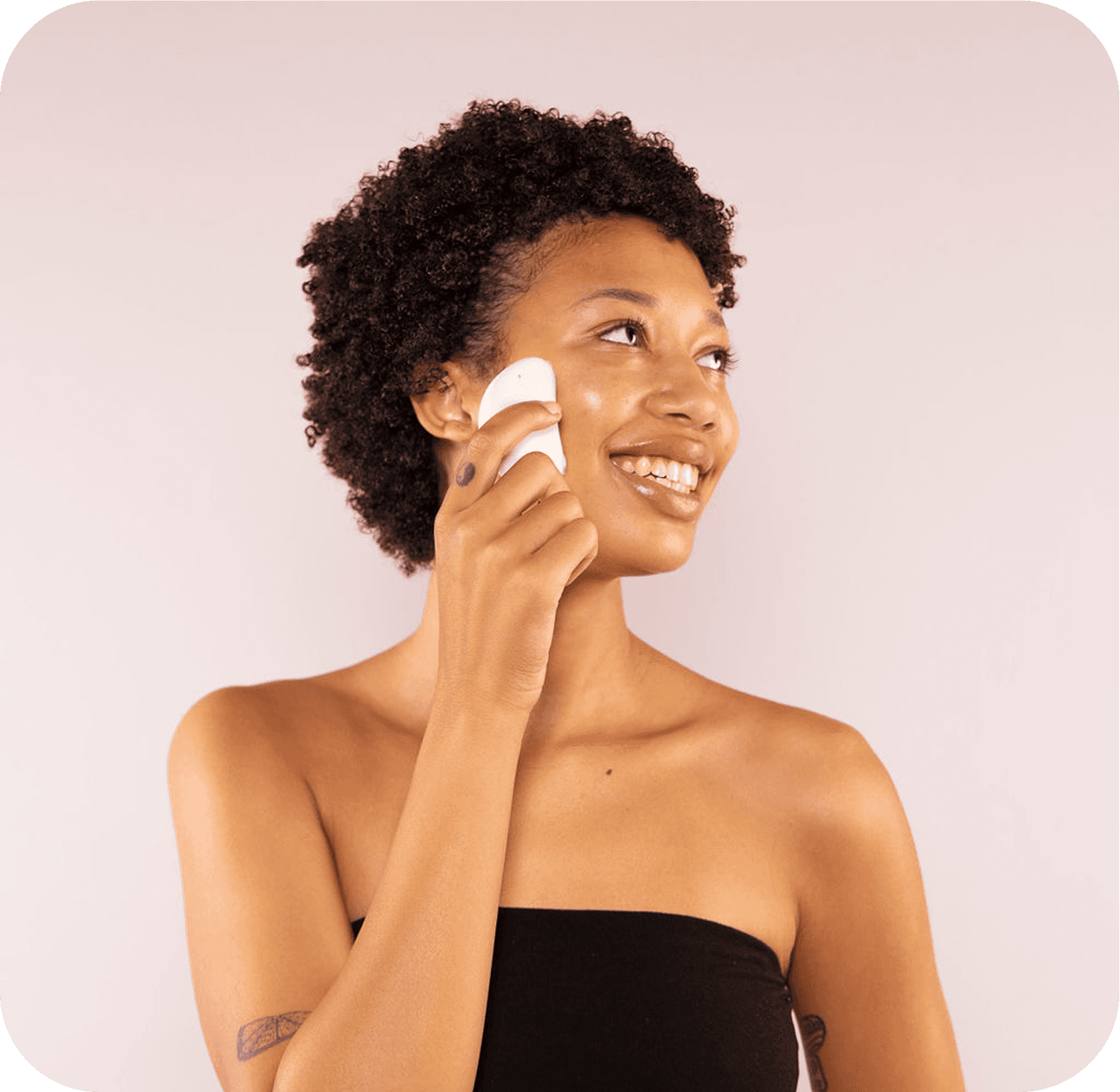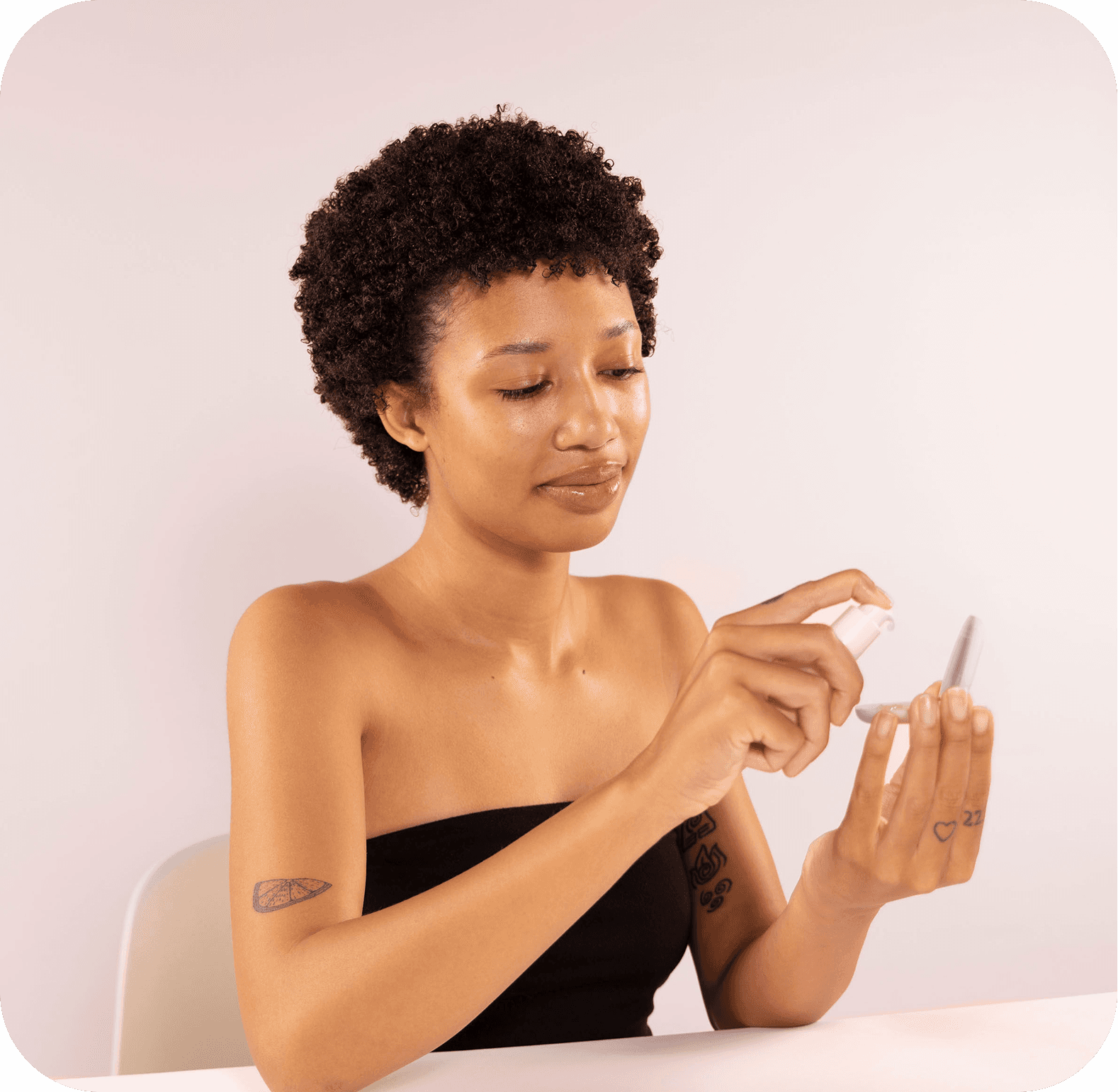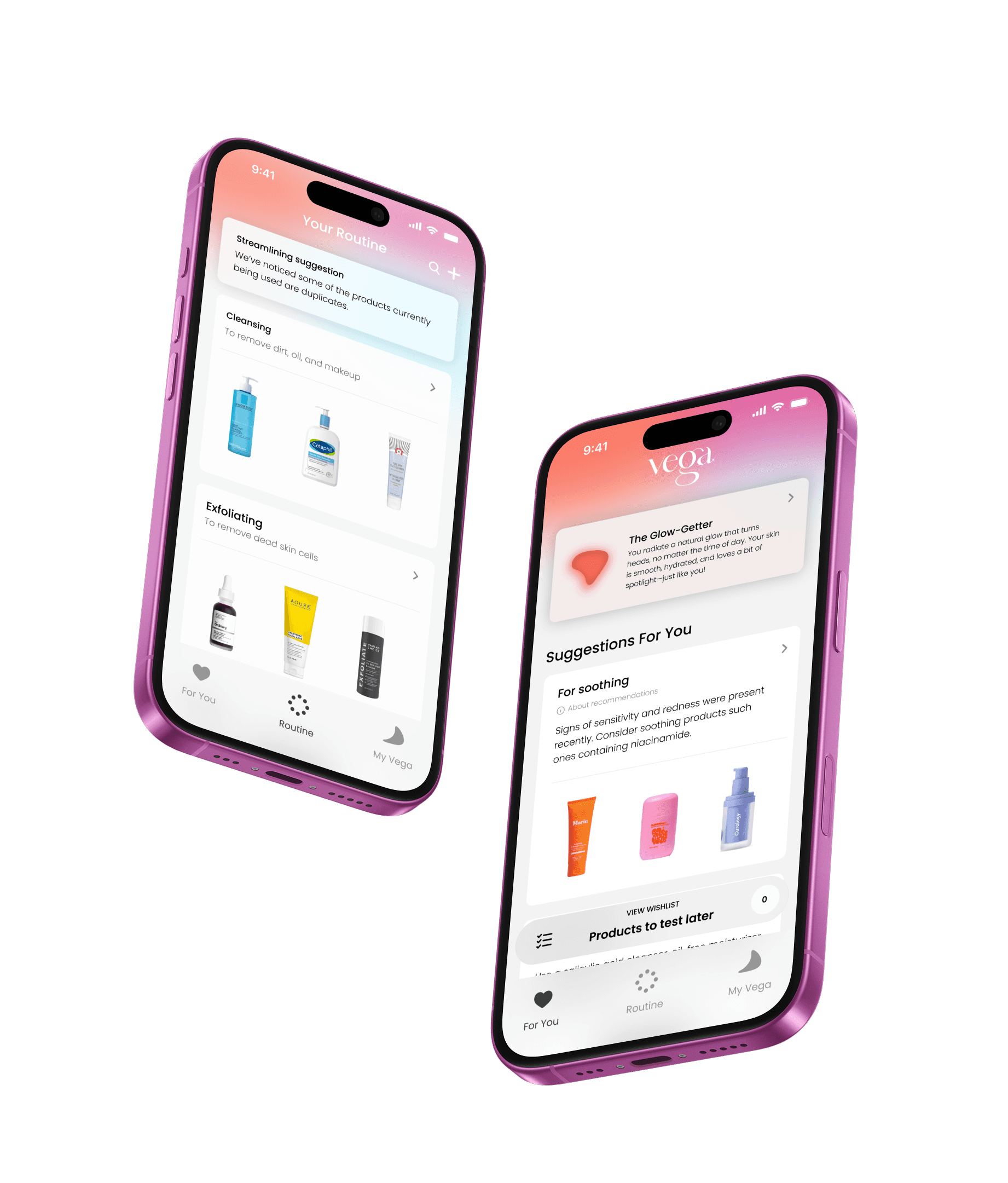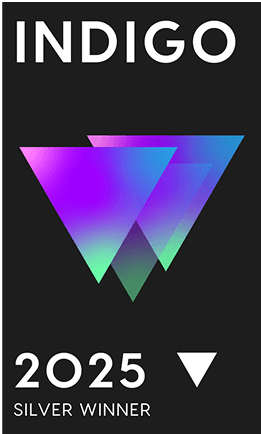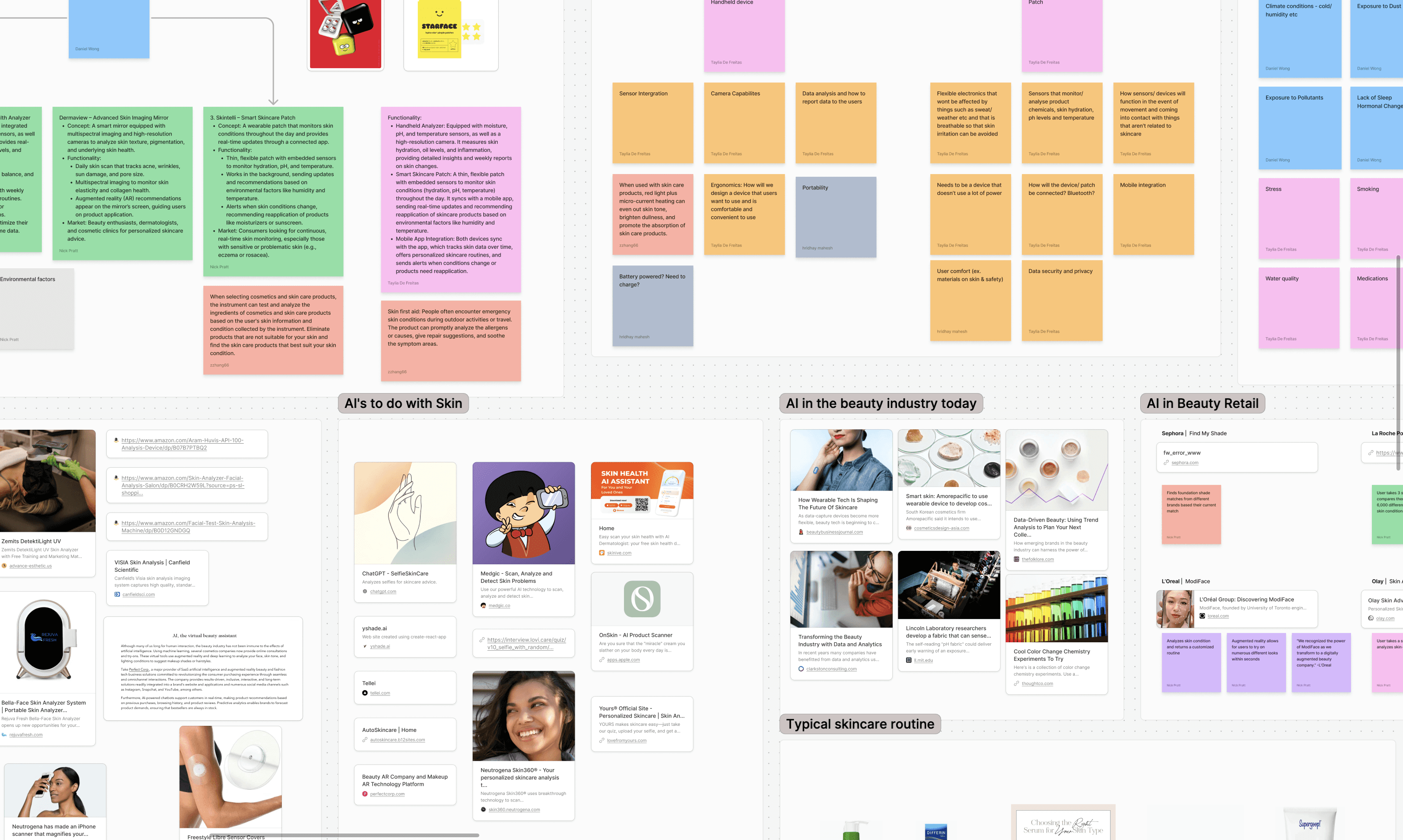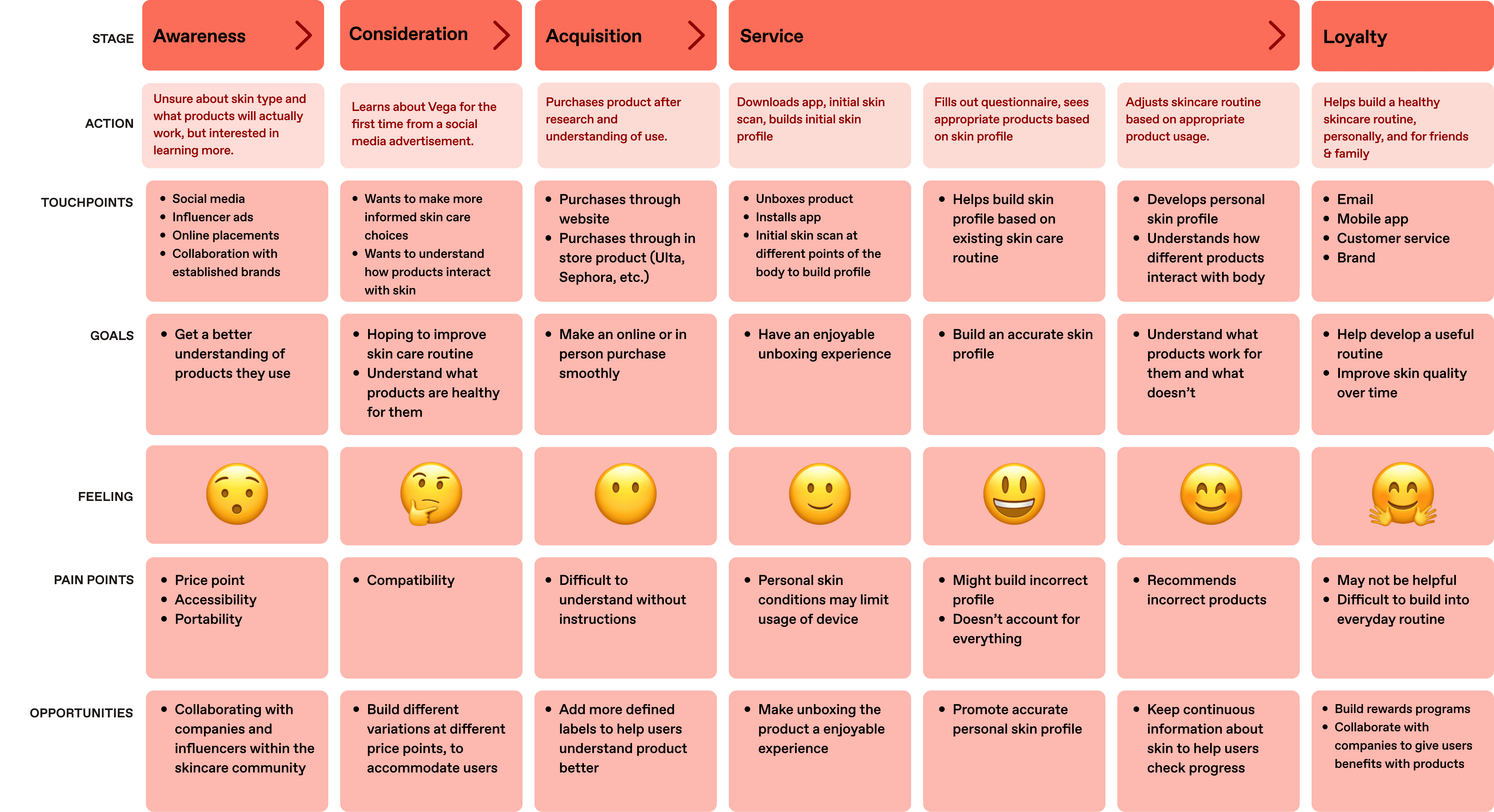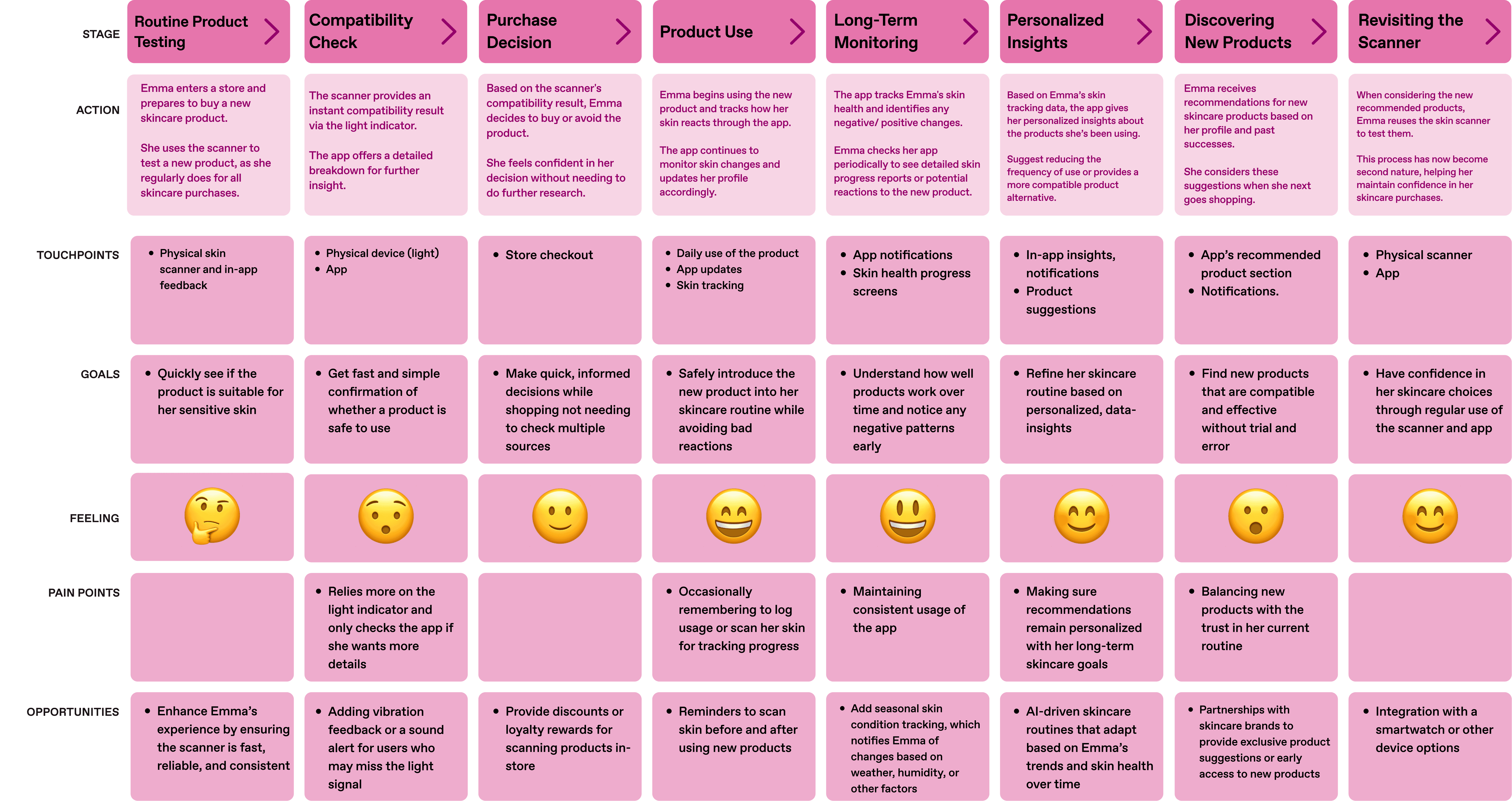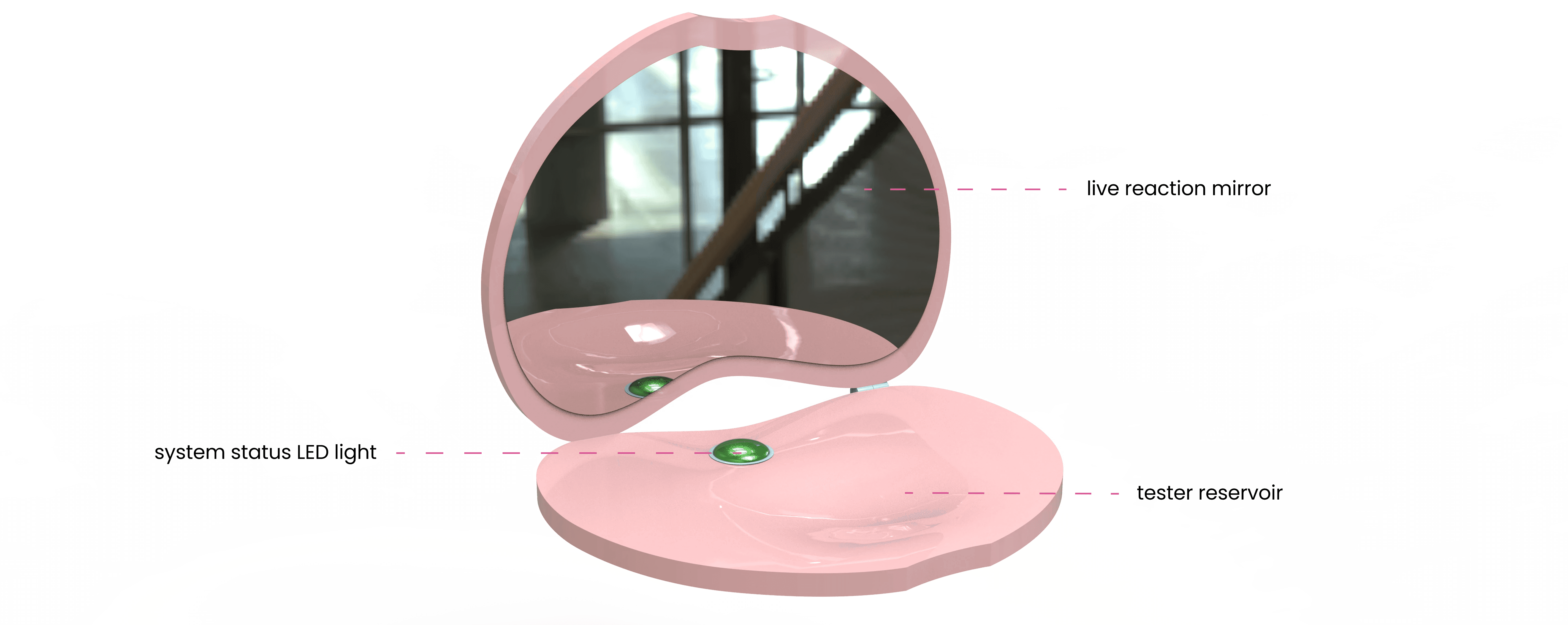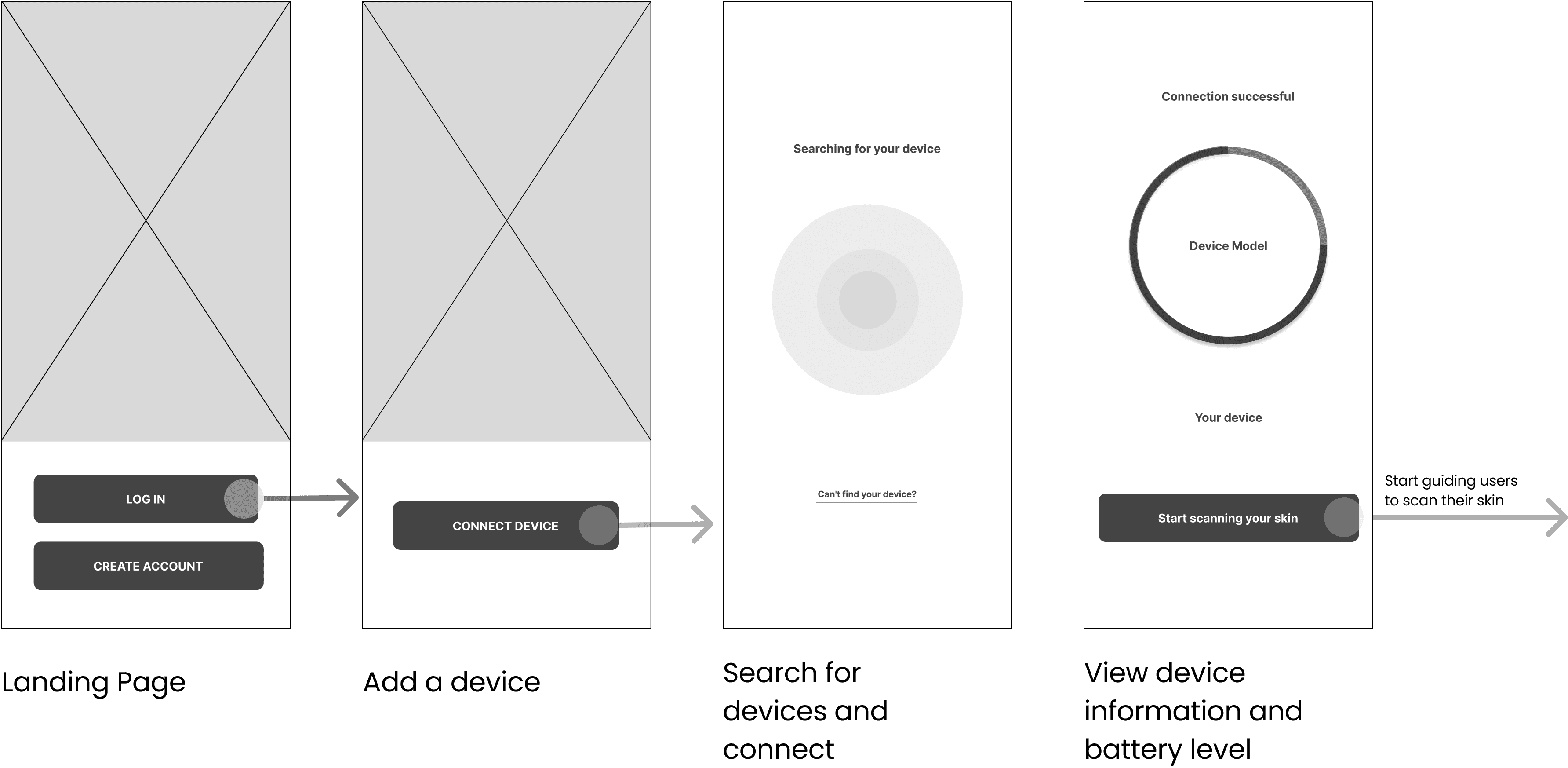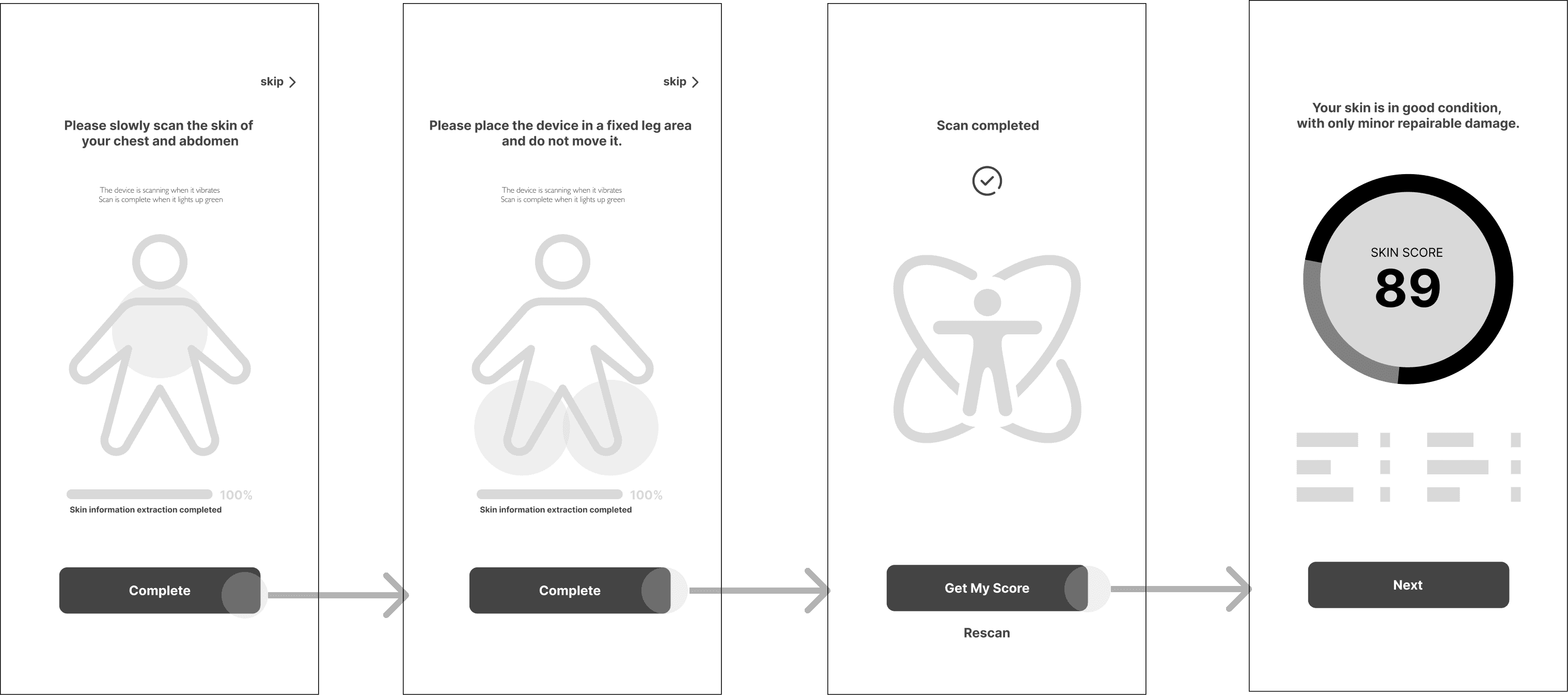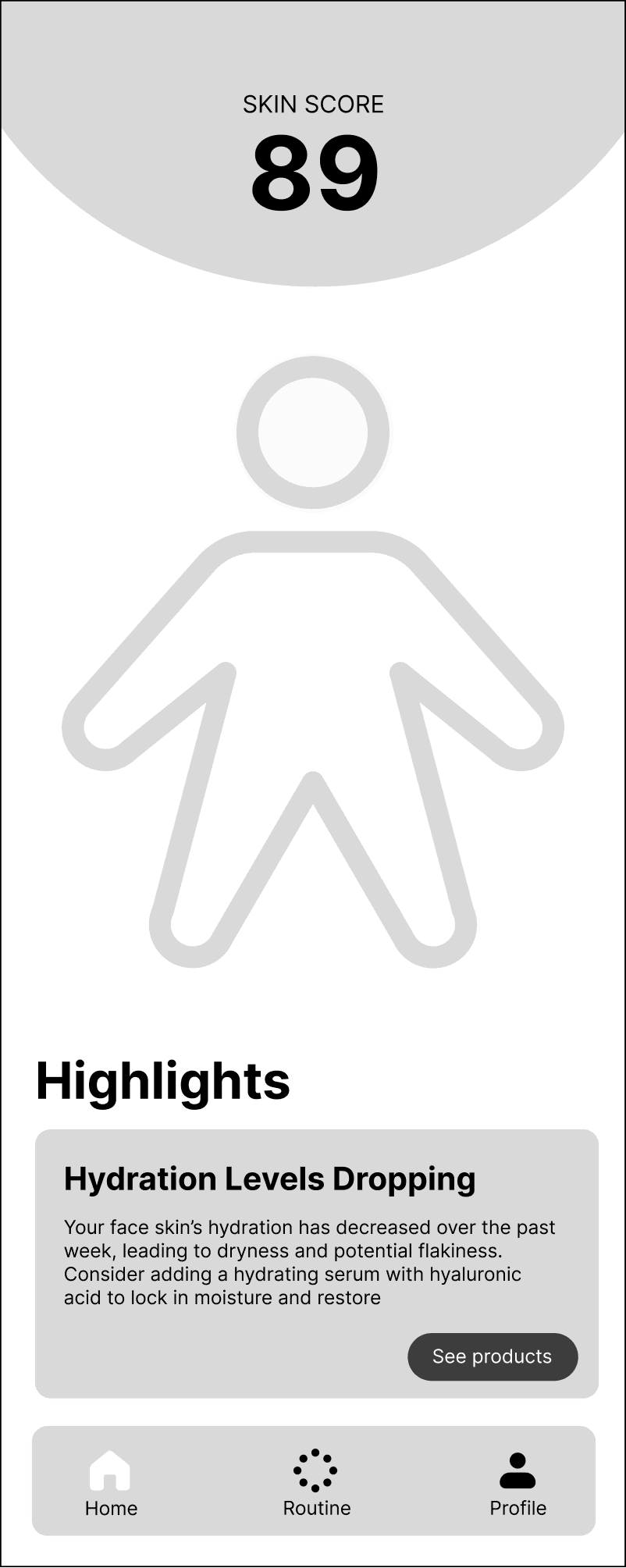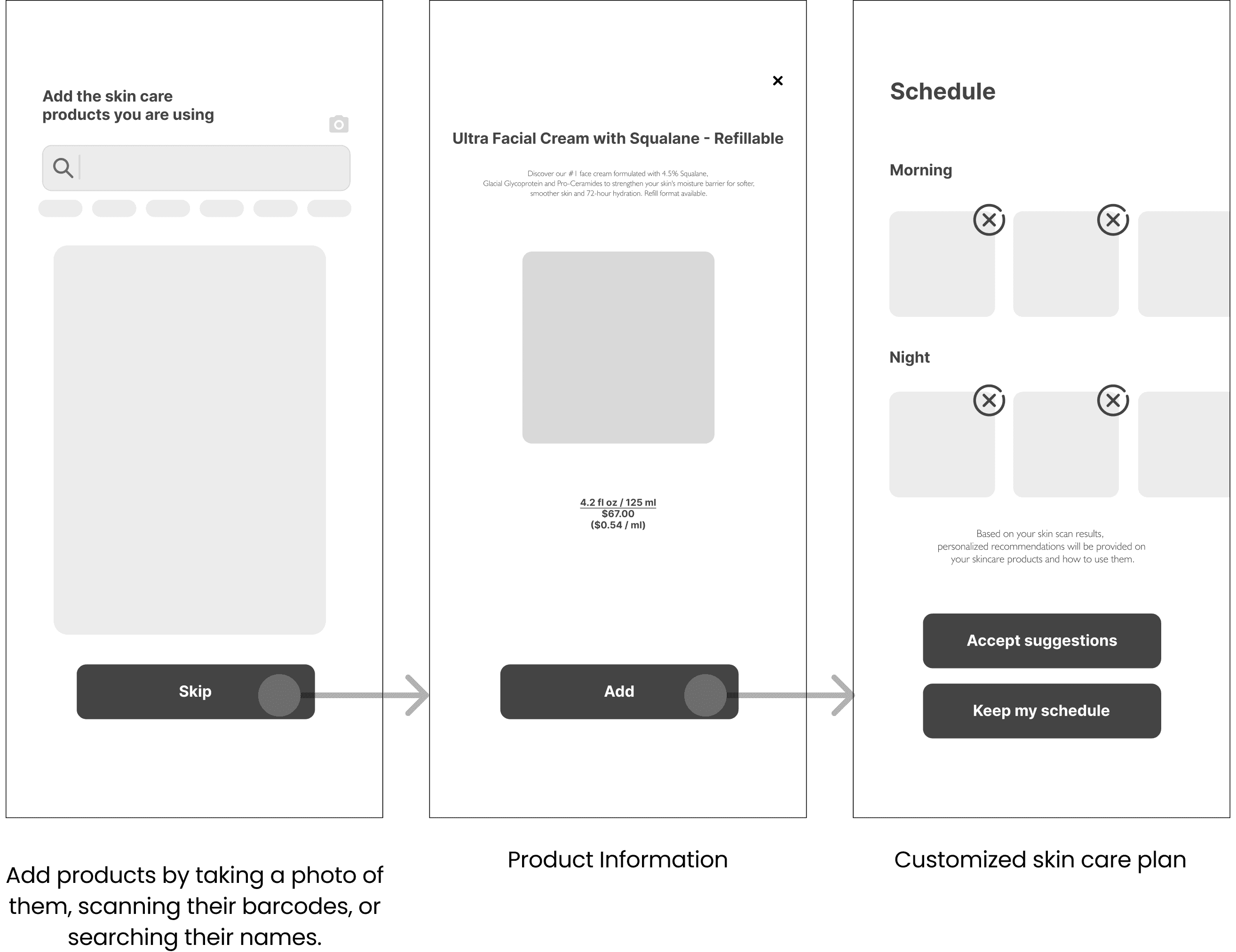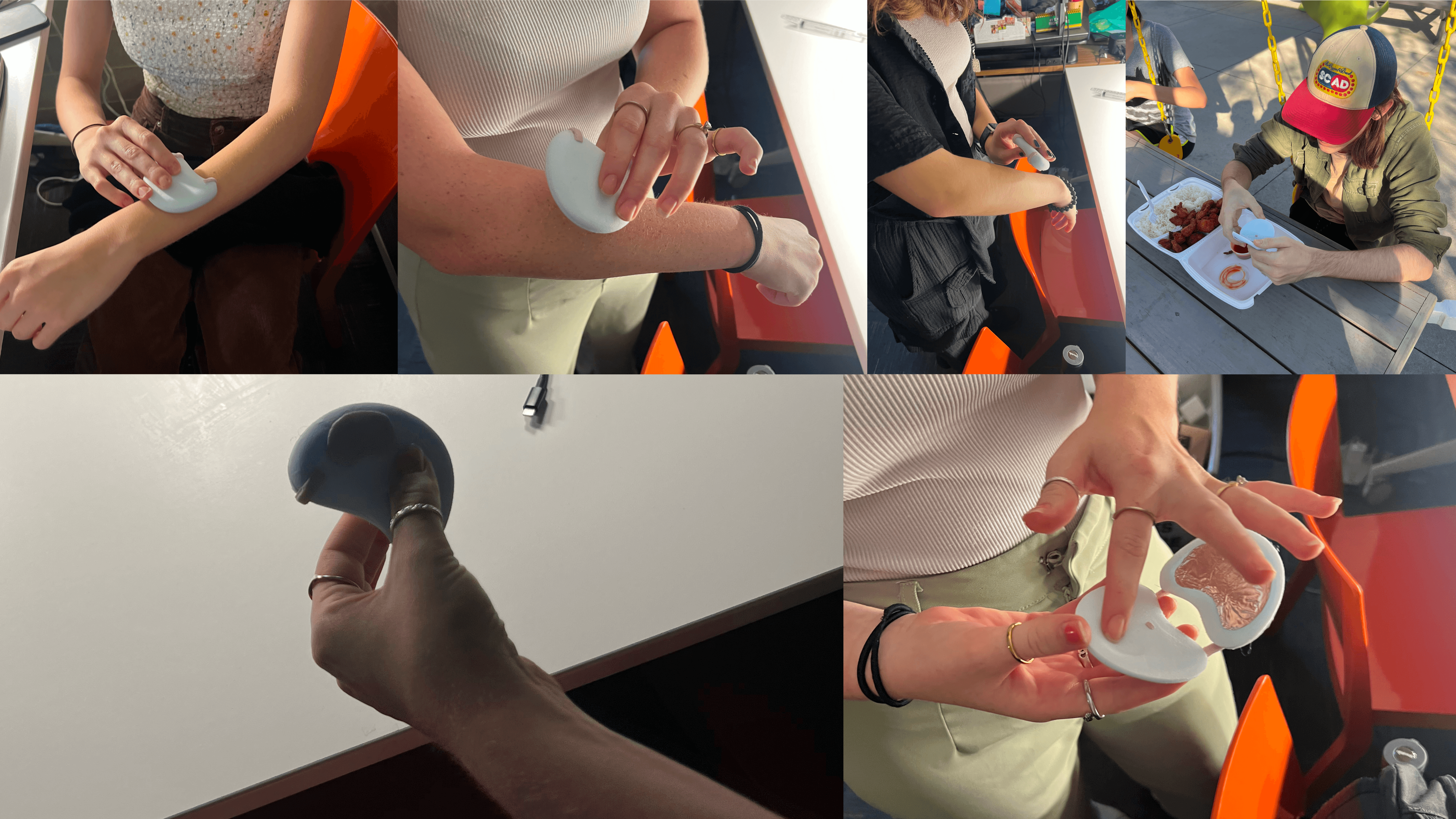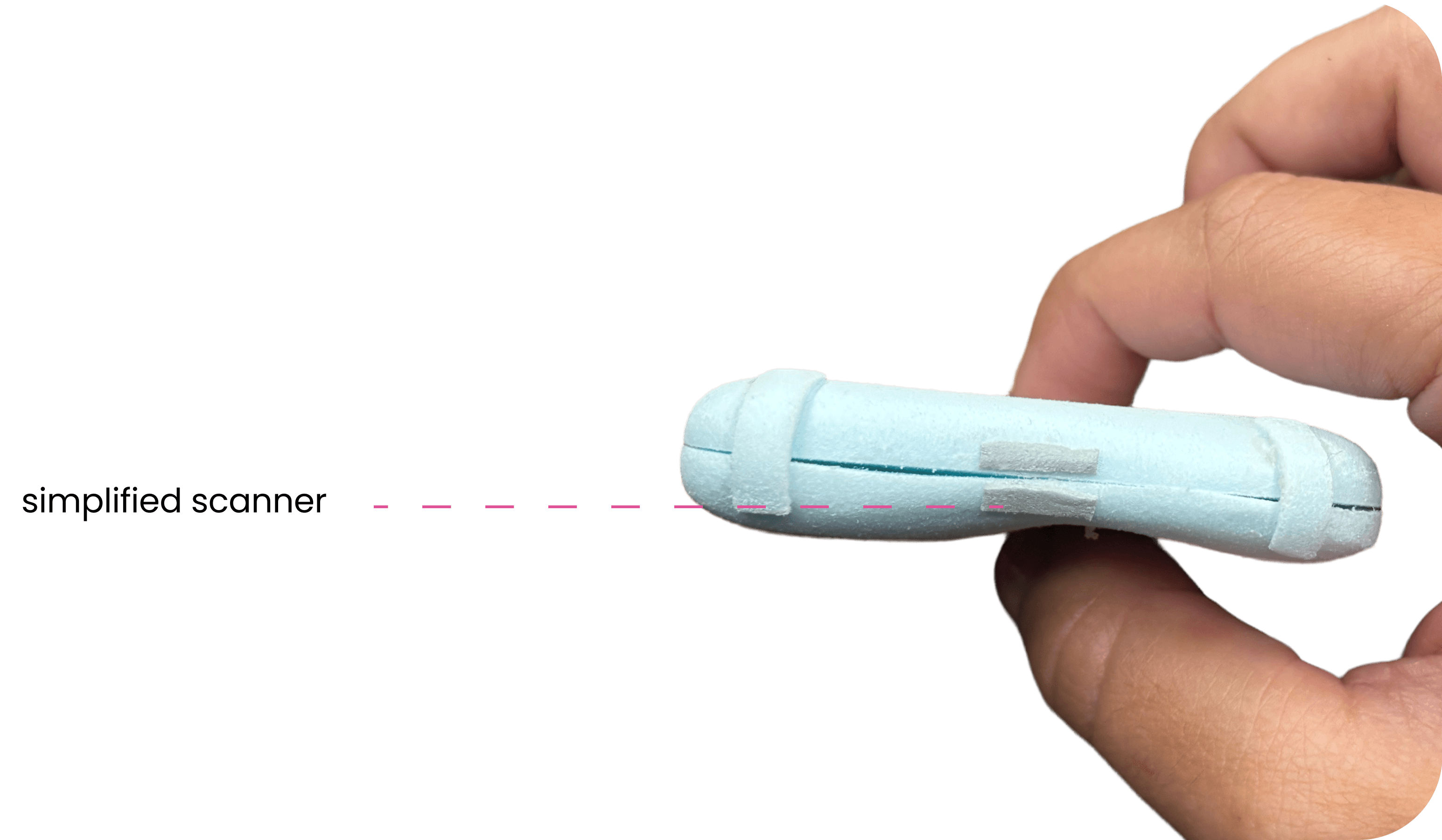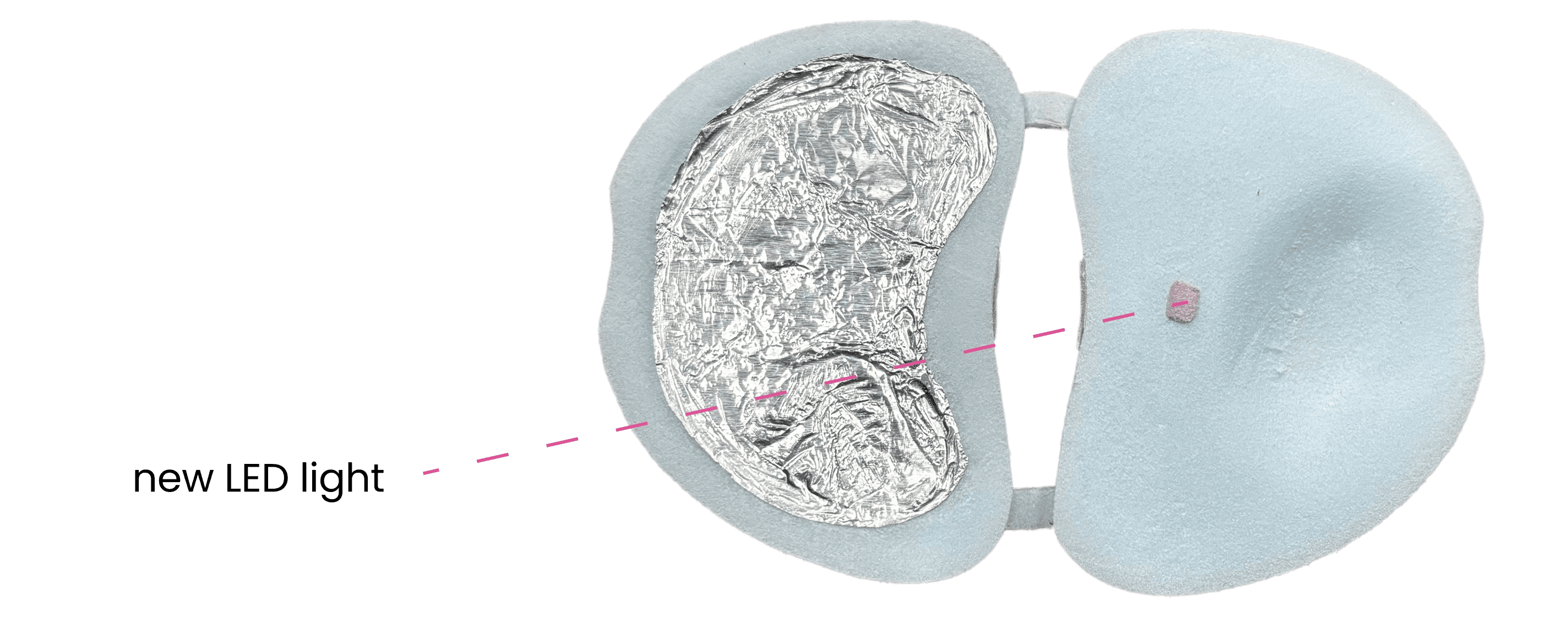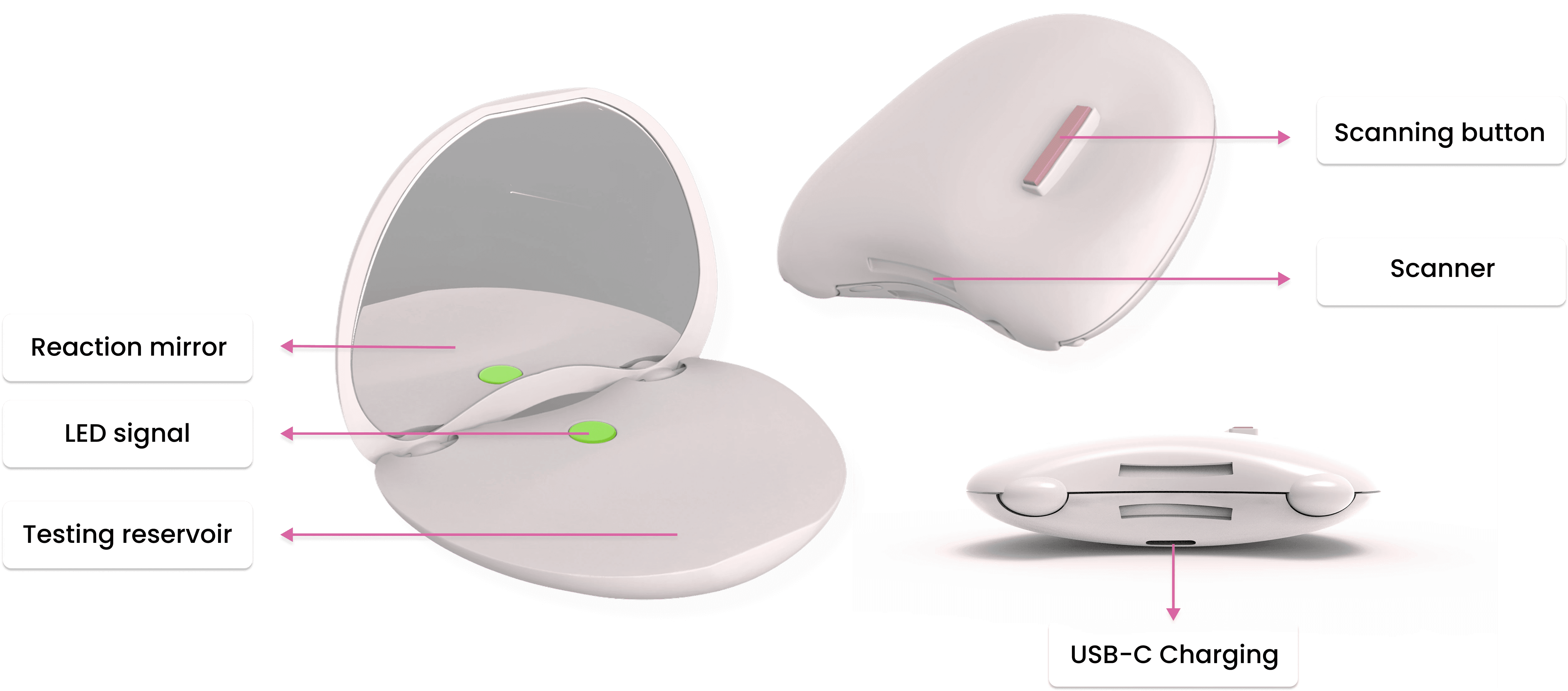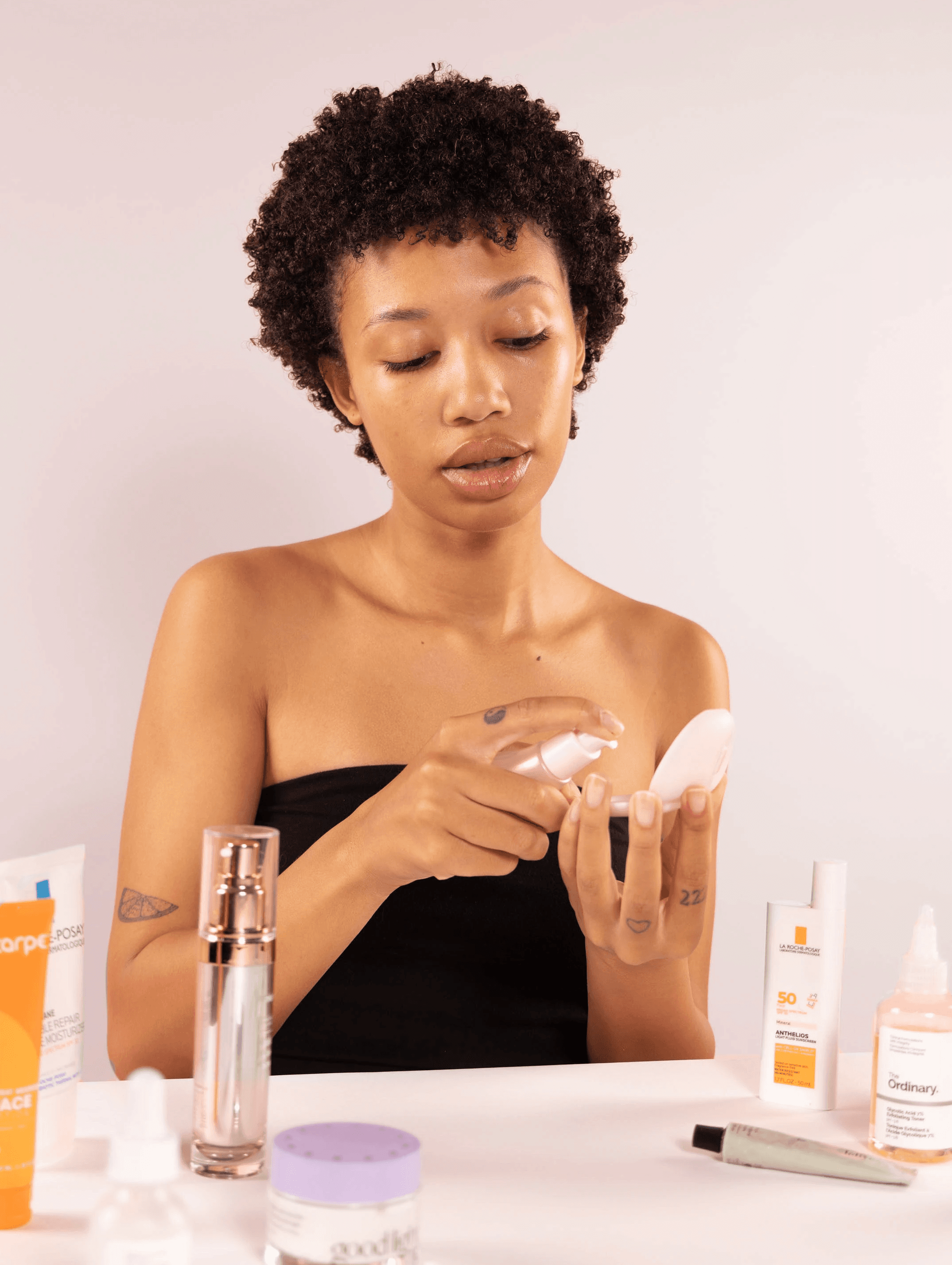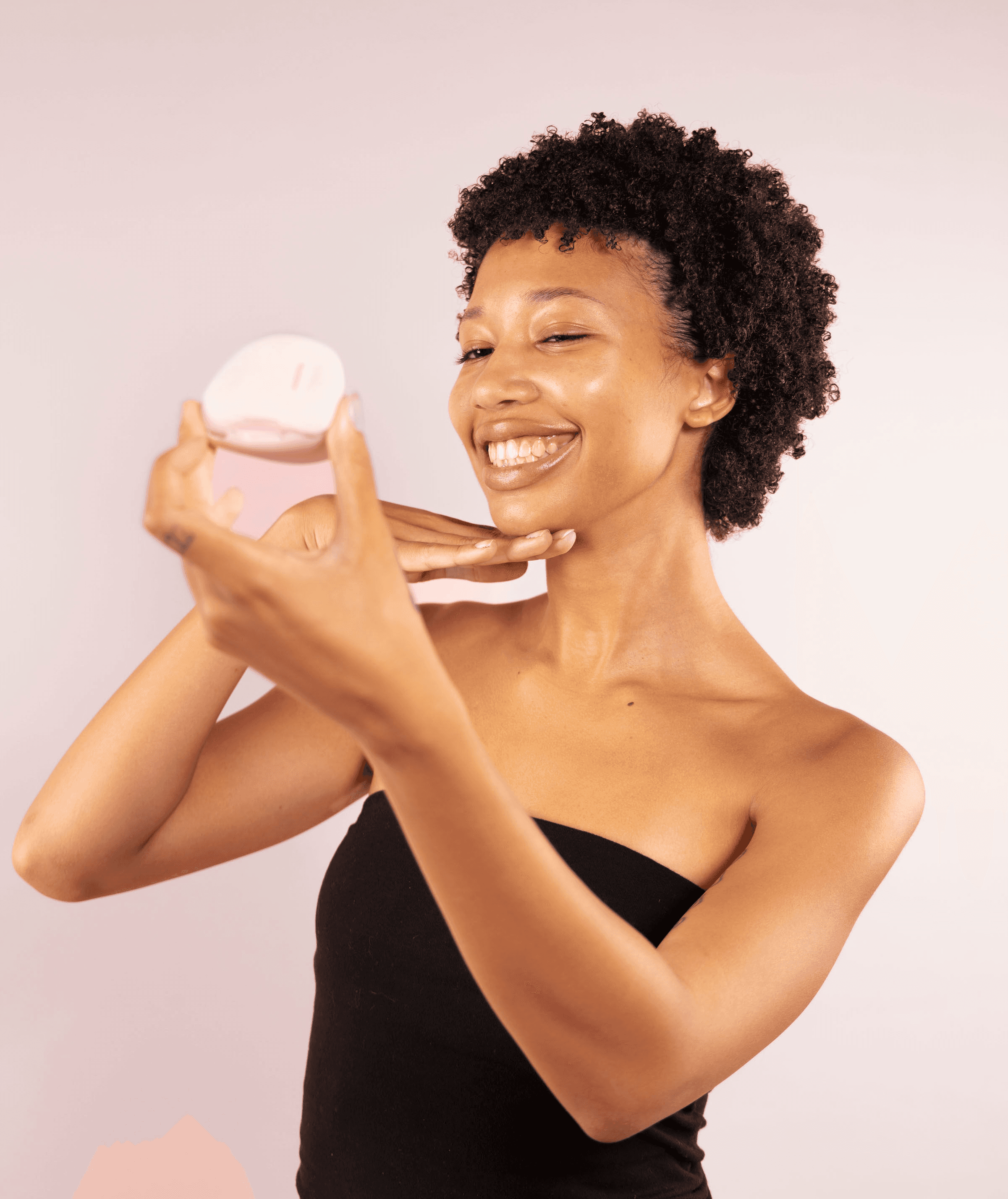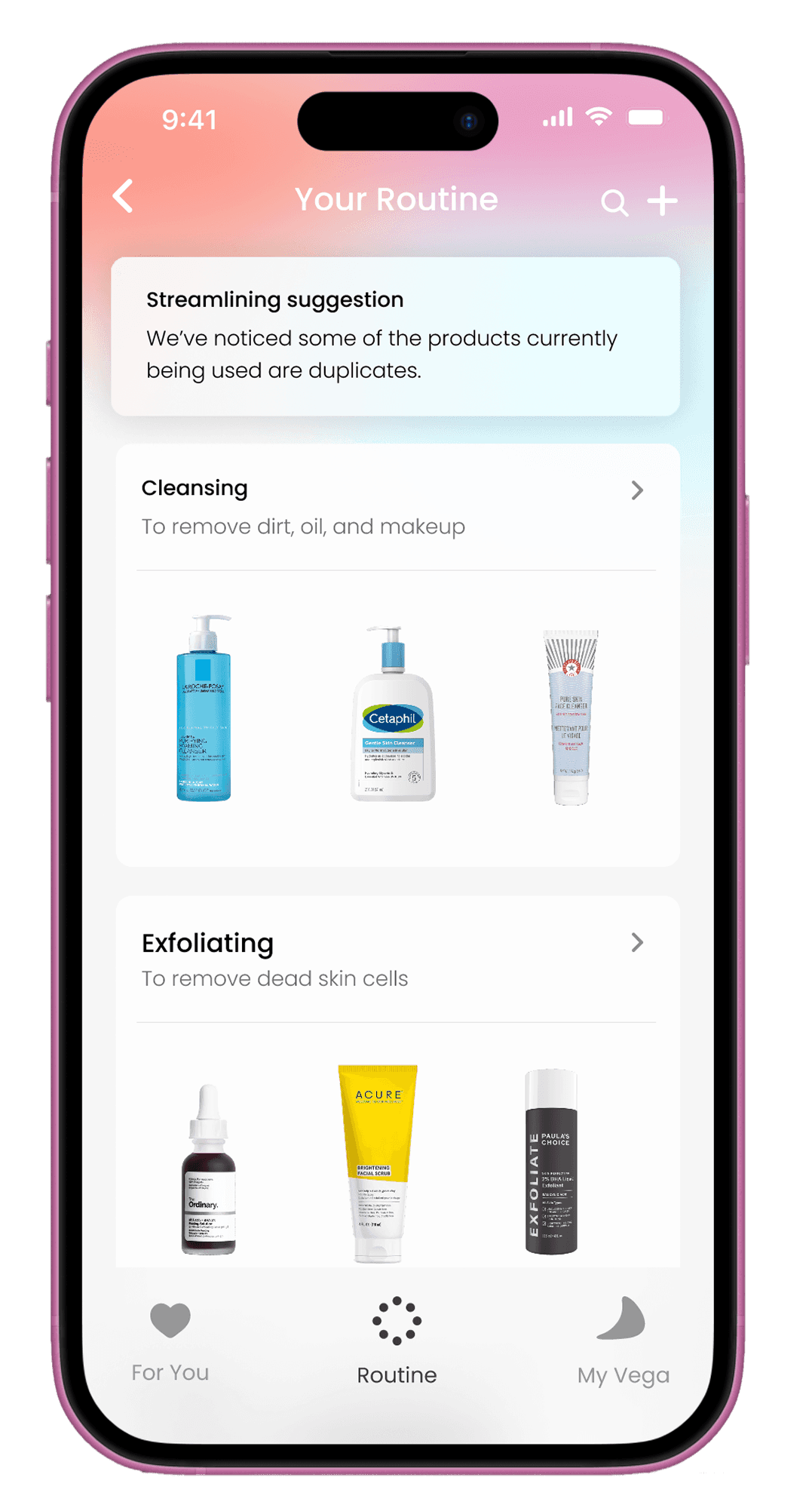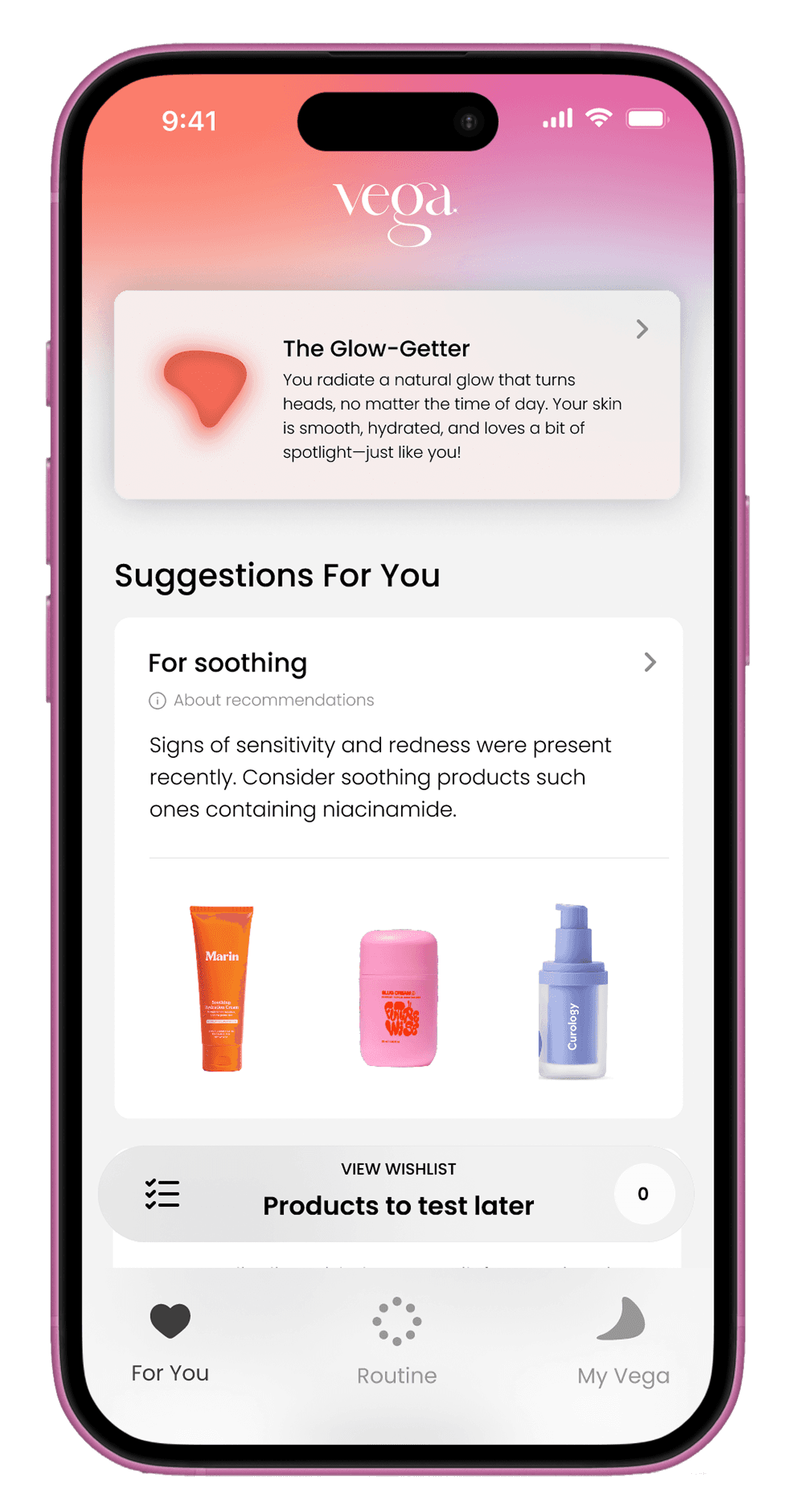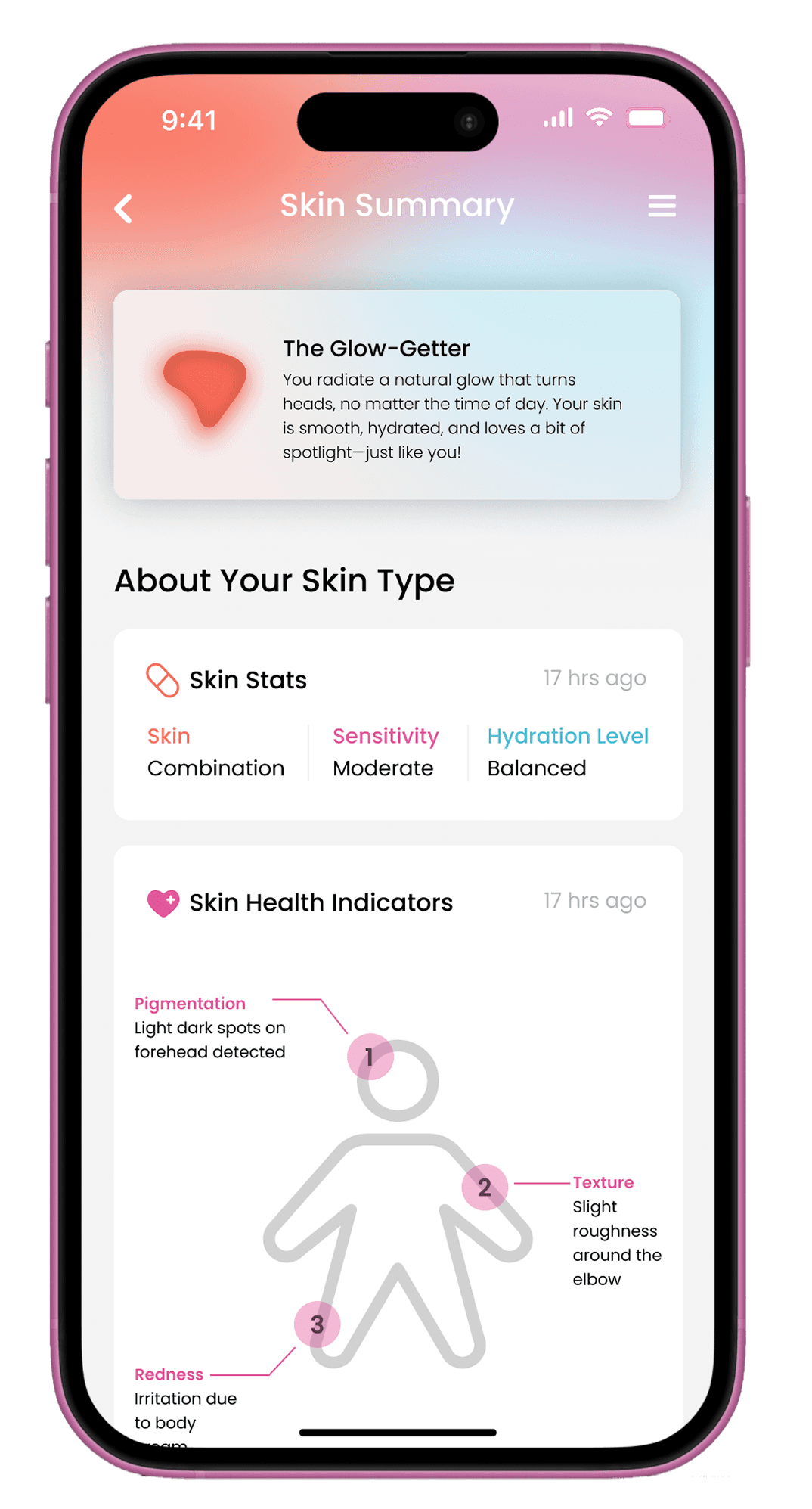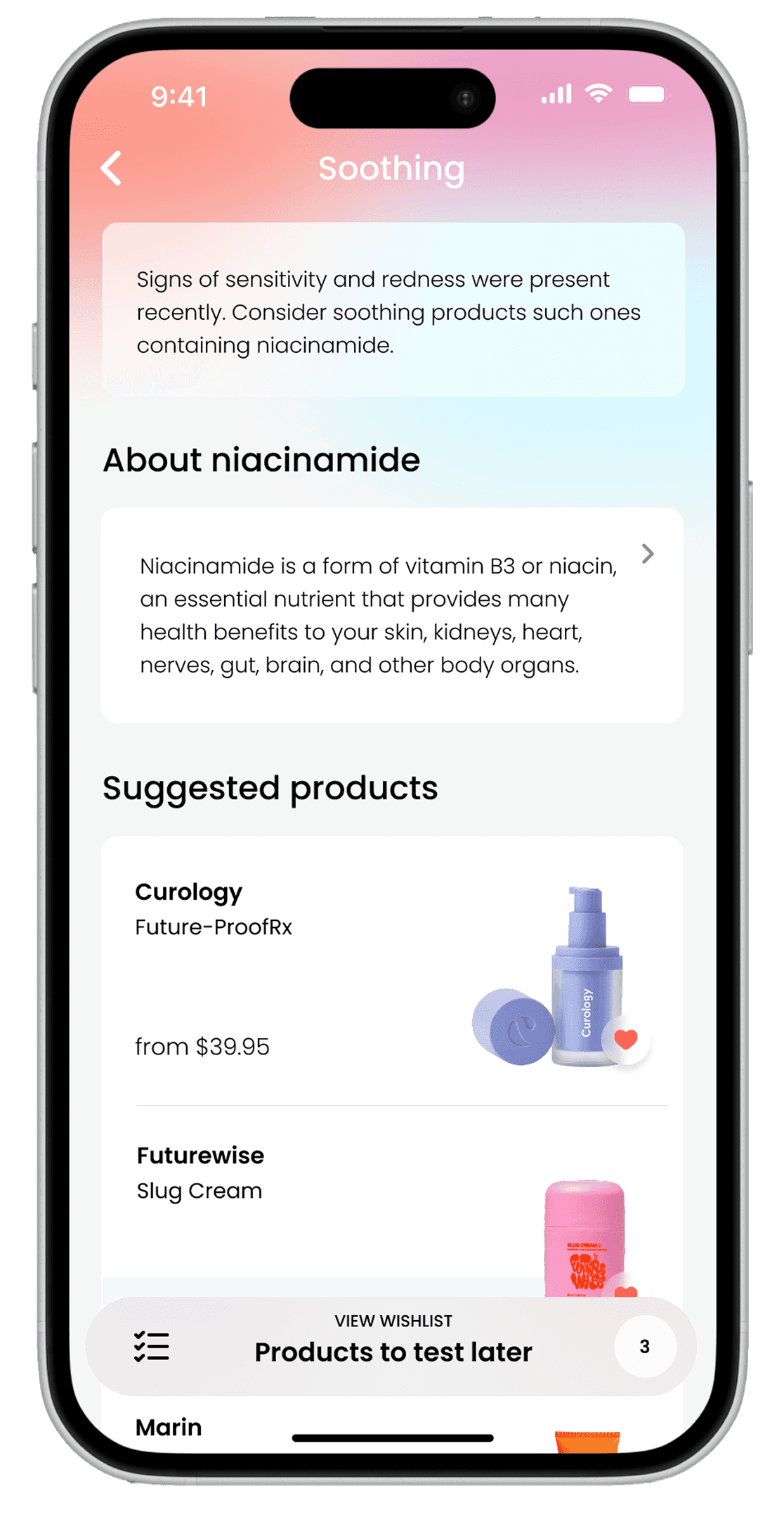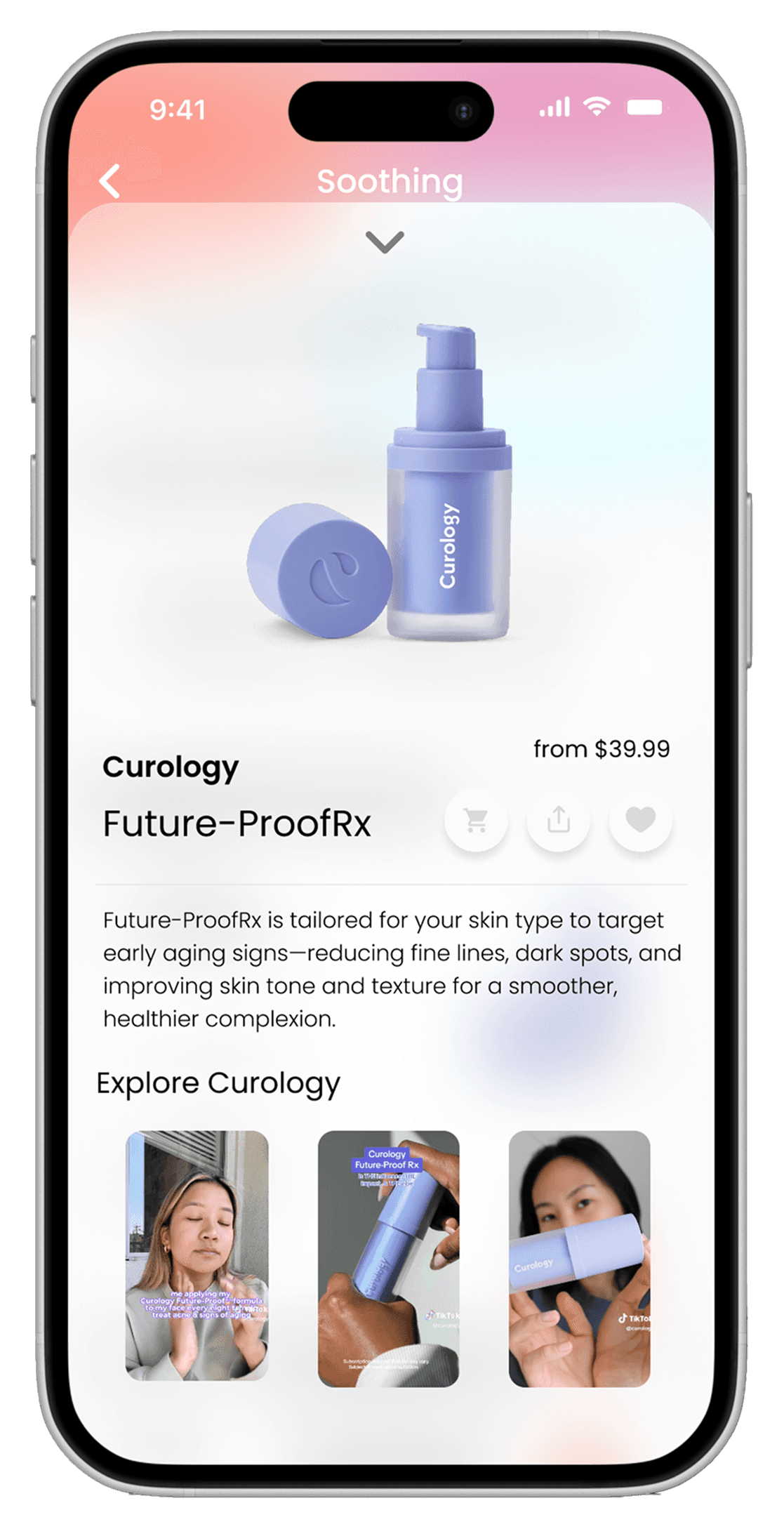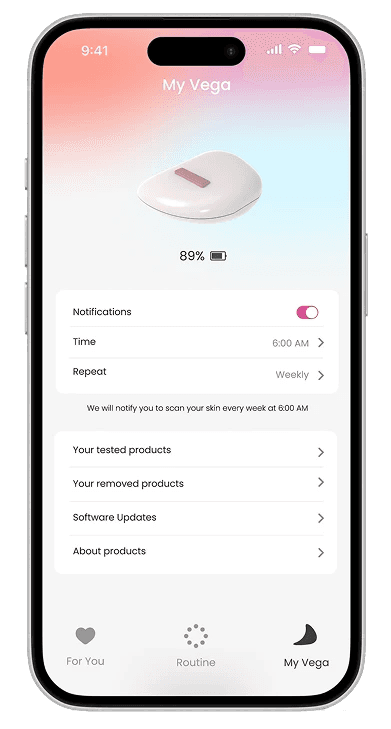
Vega
Student Project
Portable skincare system that uses AI-powered skin analysis and predictive feedback to help users make smarter, more sustainable skincare product choices.
MY ROLE
Product Designer
Graphic Designer
DURATION
10 weeks
TOOLS
Figma, Figjam, Rhino, KeyShot, ChatGPT, Perplexity
COLLABORATORS
Taylia De Freitas, Daniel Wong, Hridhay Mahesh, Zhenghao Zhang
Highlights
TL;DR
Vega is a portable skincare device paired with a companion app that analyzes skin in real-time and predicts how skincare products will interact with it—before the user even applies them. With its AI-driven skin scanner and reaction mirror, Vega empowers users to make smarter, more sustainable skincare choices—minimizing waste, preventing irritation, and taking the guesswork out of skincare.
0
users tested across both the app and physical device
0%
of participants understood the product’s purpose and felt confident using it after user testing iterations
0
major design iterations made based on usability insights from testing
Recognition
Silver Winner x8
Mobile App
Mobile Responsive Design
UX, Interface & Navigation
UX, Interface & Navigation for Games for Digital Design
Apps for Digital Design
Product or Gadget Design for Social Change
Product or Gadget Design for Digital Design
Interactive Design for Digital Design
Indigo Design Awards 2025
Challenge
PROBLEM STATEMENT
Despite advancements in skincare technology, most consumers lack an accessible and affordable way to analyze their skin's real-time conditions and reactions, leading to adverse reactions, wasted products, and overconsumption in the skincare market.
EXISTING USER PAIN POINTS
Overwhelmed by too many skincare options
Influenced by unreliable sources like social media
Wasted money on products
Trial-and-error approach to skincare
Lack of access to personalized skincare guidance
Skin appearance causes insecurity
OUR GOAL
Create a seamless, science-backed skincare experience that makes informed choices effortless and accessible.
Research
RESEARCH GOALS
GOAL #1
Understand how users choose skincare products and what/who may influence those decisions.
GOAL #2
Identify common sources of confusion and frustration in users’ skincare journeys.
GOAL #3
Explore user expectations and desires for skincare predictive technology.
METHODS
8
in-depth user interviews
107
survey respondents
14
usability tests
Survey insights
20%
of users struggle to find products that work for their skin.
20%
waste money on products they never finish.
20%
of participants wanted a way to predict skin reactions before buying a product.
USER PERSONAS
Based off our research, we were able to create 2 user personas:
USER JOURNEY MAP
Holistic journey
Product journey
?
HOW MIGHT WE…
empower people to confidently navigate their skincare journey without being swayed by unreliable trends?
create a sustainable, informed approach to beauty?
Ideation
INFORMATION ARCHITECTURE & USER FLOW
SERVICE MODEL CANVAS
LOW FIDELITY SCANNER
INITIAL UI SKETCHES
LOW FIDELITY UI
Onboarding
Initial skin scan
Results and suggested products
Homescreen
Iteration
MID-FIDELITY SCANNER
INITIAL DIGITIAL PROTOTYPE
MID FIDELITY UI
Onboarding
Initial skin scan
Results and suggested products
Homescreen
Build a routine
User Testing
TESTING RESULTS
Round 1
10%
success
60%
difficulty
Round 2
30%
success
40%
difficulty
Round 3 — Final
70%
success
5%
difficulty
90%
found Vega easy to use and integrate into their routine.
80%
said it would help them make better skincare purchases.
100%
felt more confident in their skincare choices after using Vega.
KEY DESIGN ITERATIONS
Simplified scanner design to fit gua sha shape
Repurposed trigger button as a system status indicator
Device will automatically begin analyzing skincare sample once it senses an input
introducing
VEGA SCANNER
VEGA APP
Streamline your routine to keep only what you need
Get what you need for your current skin state
Learn more about what is happening with your skin
Learn about recommendations
Explore more about an specific product and where to buy
Control the Vega scanner and set up reminders to scan skin
VISION VIDEO
What did we learn?
We have a real winning concept here
Everyone we tested and interviewed was super excited about the concept of personalized skincare matching.
Clear affordances and feedback builds user trust
We learned how crucial it is to design affordances that are intuitive, noticeable, and aligned with user expectations. Form and function can’t be separated.
Users need gentle guidance
Even with a clean app and device, some users still need nudges to know what to do next. We spent longer designing an informative onboarding and product manual to lower the chance of confusion.
